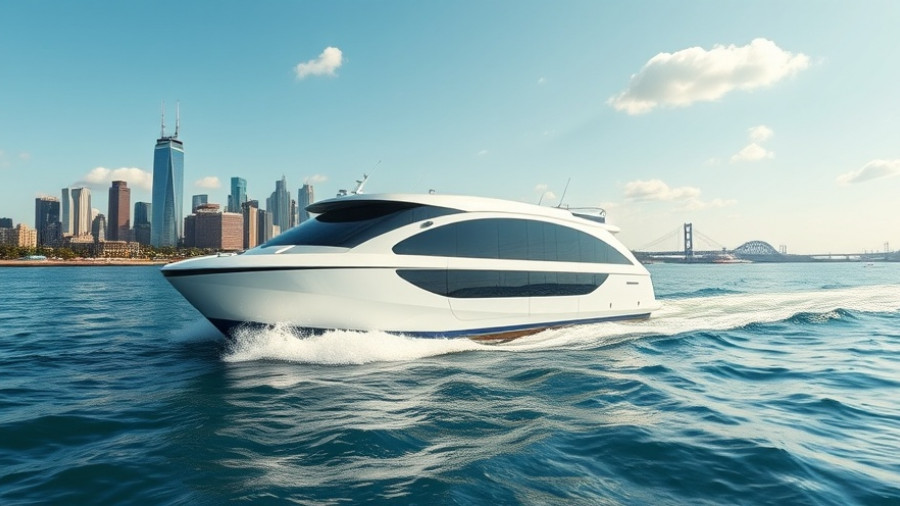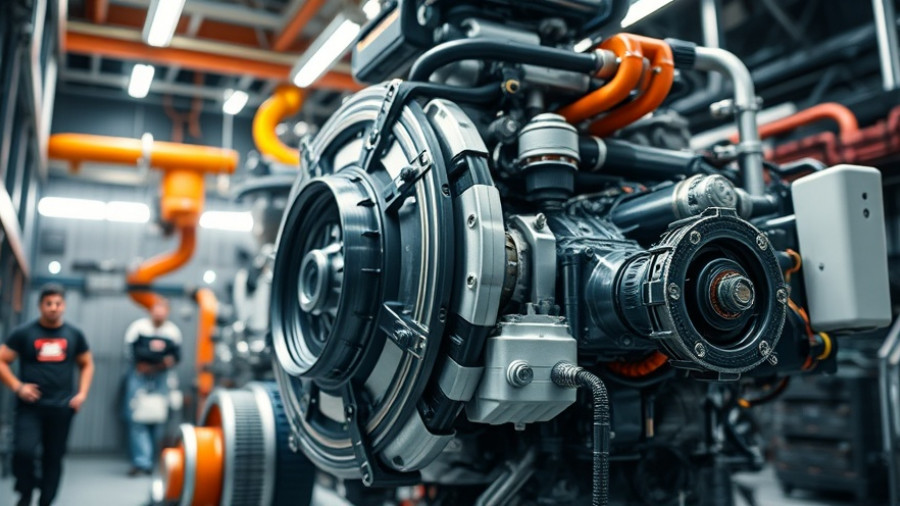
The Pride of Norway: Prysmian Monna Lisa’s Groundbreaking Achievement
In June 2025, the renowned Prysmian Monna Lisa was named Norway's Ship of the Year by the esteemed trade magazine Skipsrevyen. This annual award recognizes excellence in Norwegian shipbuilding and innovation, and this year, the accolade goes to the world’s most advanced cable-laying vessel. Owned by Prysmian Group and built by Vard, a subsidiary of the Fincantieri Group, the Prysmian Monna Lisa is set to revolutionize offshore cable installation.
A Record-Breaking Vessel Design
The Prysmian Monna Lisa distinguishes itself with an impressive capability to install submarine cables at depths exceeding 3,000 meters. This remarkable depth of operation makes it a key player in significant offshore projects such as the Dominion Energy Coastal Virginia Offshore Wind project, marking it as the largest initiative of its kind awarded in the United States. The innovative design allows for two massive carousels with cable capacities of 7,000 tons and 10,000 tons, setting new industry standards.
Advancing Sustainability in Maritime Operations
Sustainability remains at the forefront of modern shipping technology, and the Prysmian Monna Lisa exemplifies this commitment. It comes equipped with a high-voltage shore connection, enabling the vessel to connect to land-based electrical infrastructure. This feature drastically reduces emissions since the vessel can operate on clean shore power during port activities, minimizing its carbon footprint and supporting global sustainability goals.
The Role of Innovation in Shipping
According to Raul Gil, EVP of transmission at Prysmian Group, this vessel is not just about advanced technology but also reflects a larger commitment to innovation and efficiency in the submarine cable industry. The enhanced energy storage system, which doubles the capacity of its predecessor, highlights how vessel design can lead to improved operational performance while aligning with eco-friendly practices. This development emphasizes the industry's shift towards more sustainable operational methodologies in the face of climate change priorities.
The Collaborative Efforts Behind Prysmian Monna Lisa
The success of Prysmian Monna Lisa is attributed to a unique partnership between Prysmian and Vard, which has fused their design and engineering strengths to produce a fully integrated vessel. Vard’s chairman, Alberto Maestrini, points out how this partnership showcases what can be achieved when innovative ideas come together in alignment with ambitious industry growth. This collaborative spirit is not new to Norway's maritime history, as numerous endeavors have seen companies working hand-in-hand to push technological boundaries in ship design.
Future Endeavors in the Maritime Sector
With Prysmian Monna Lisa leading the way, the future of cable-laying vessels looks promising. Vard has already begun construction on a third cable-laying vessel, further extending the capabilities developed through Prysmian’s pioneering projects. The maritime industry will likely benefit from such innovations as they align with both economic demands for renewable energy solutions and governmental directives aimed at reducing environmental impact.
Conclusion and Looking Ahead
The introduction of the Prysmian Monna Lisa not only showcases technological advancements in shipbuilding but reflects a broader commitment to sustainable practices that have the potential to shape the future of offshore wind energy projects. As we move forward into a world increasingly focused on ecological considerations, vessels like Prysmian Monna Lisa herald a transformation in how maritime operations contribute to sustainable development. The maritime industry is at a crossroads, and innovation will be key to capitalizing on future opportunities while addressing the challenges of today.
 Add Row
Add Row  Add
Add 




Write A Comment